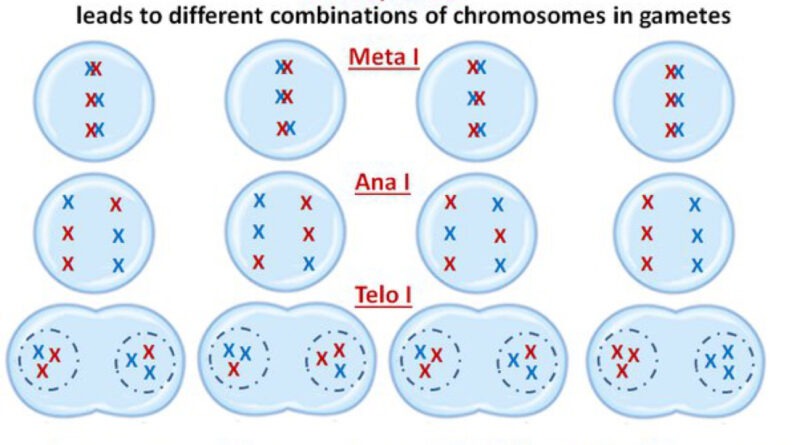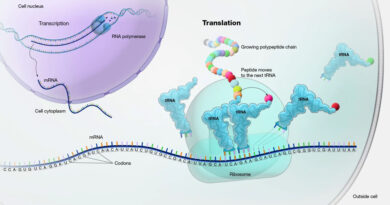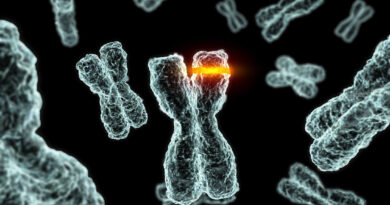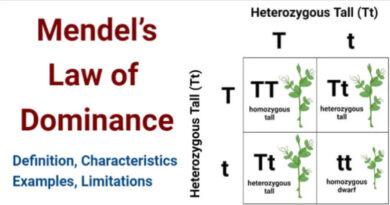Independent Assortment in Genetics: A Cornerstone of Genetic Diversity
The concept of independent assortment is a fundamental principle in genetics that explains how different genes independently separate from one another when reproductive cells develop. First proposed by Gregor Mendel in the 19th century, this principle has profound implications for genetic variation and inheritance patterns observed in living organisms.
Mendel’s Contribution
Gregor Mendel, often referred to as the “father of genetics,” conducted experiments with pea plants that led to the formulation of two key principles of inheritance: the law of segregation and the law of independent assortment. The law of independent assortment states that the alleles of two (or more) different genes get sorted into gametes independently of one another. In other words, the allele a gamete receives for one gene does not influence the allele received for another gene.
Mechanism of Independent Assortment
Independent assortment occurs during meiosis, the process that produces gametes (sperm and eggs) in sexually reproducing organisms. During meiosis I, homologous chromosomes (one set from each parent) are separated into different cells. The orientation of each pair of homologous chromosomes is random, meaning the maternal and paternal chromosomes are assorted independently into gametes. This random orientation results in a mixture of parental chromosomes, increasing genetic diversity.
Impact on Genetic Variation
The principle of independent assortment is crucial for generating genetic diversity within a population. Since each pair of homologous chromosomes is assorted independently, the number of possible combinations of chromosomes in the gametes is 2^n, where n is the number of chromosome pairs. For example, humans have 23 pairs of chromosomes, resulting in over 8 million possible combinations (2^23) due to independent assortment alone.
When considering the additional genetic variation introduced by crossing over (another process occurring during meiosis where sections of DNA are exchanged between homologous chromosomes), the potential for genetic diversity becomes immense. This diversity is a key factor in the ability of populations to adapt to changing environments and survive various selective pressures.
Exceptions and Limitations
While independent assortment is a fundamental genetic principle, there are notable exceptions. Genes located close to each other on the same chromosome tend to be inherited together, a phenomenon known as genetic linkage. These linked genes do not assort independently because they are physically connected and tend to be passed on as a group. However, recombination during meiosis can sometimes break these linkages, allowing for independent assortment.
Modern Understanding and Applications
Today, the principle of independent assortment is a cornerstone of modern genetics and is applied in various fields such as agriculture, medicine, and evolutionary biology. In agriculture, understanding how traits are independently assorted helps in breeding programs aimed at producing crops with desirable characteristics. In medicine, this principle aids in predicting the inheritance patterns of genetic disorders and understanding the genetic basis of complex diseases.
Conclusion
Independent assortment is a key genetic principle that enhances genetic diversity and has profound implications for inheritance patterns. Mendel’s early work laid the foundation for this concept, and modern genetics continues to explore and apply this principle to improve our understanding of biology and improve various practical applications. Through the study of independent assortment, scientists can gain deeper insights into the complexities of heredity and the intricate mechanisms that drive genetic variation.



